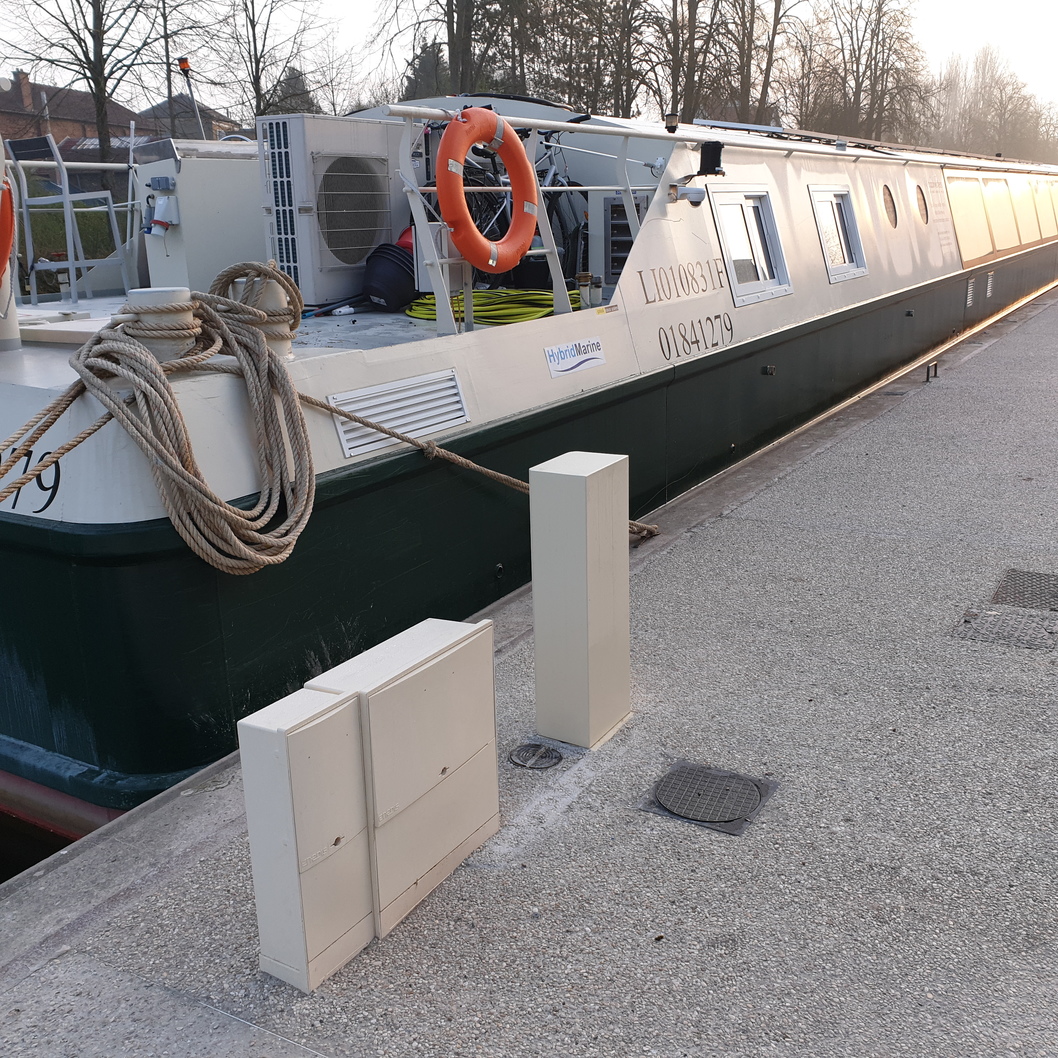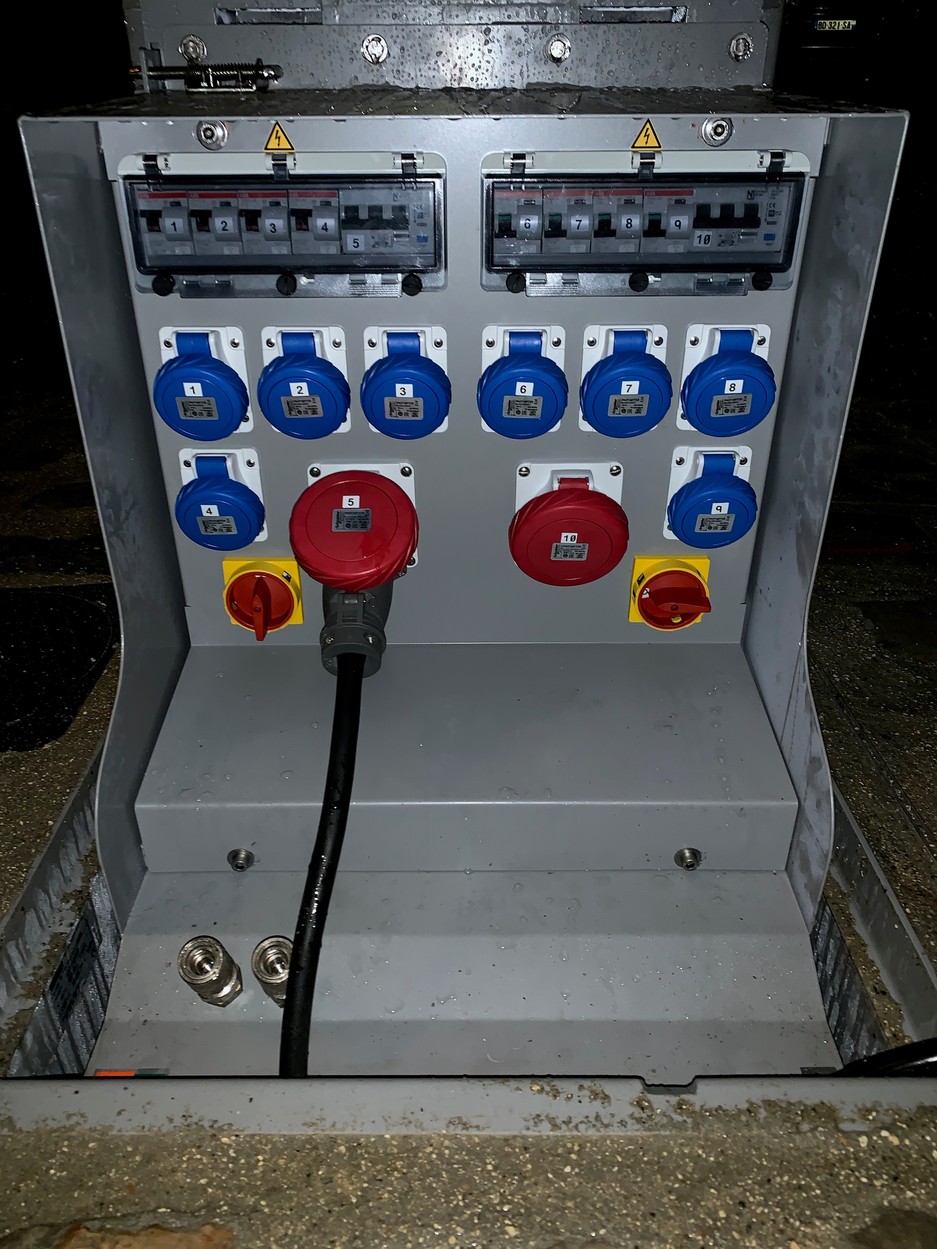Green Hybrid Solution
In September 2023, the UK government set the path for all new cars to have zero emissions by 2035. The simple answer is that it does not apply to marine craft as there are different targets here.
How does this affect marine craft?
The simple answer is that it does not apply to marine craft as this sector has different targets.
In 2018, the International Maritime Organization (IMO) agreed on its initial strategy for reducing greenhouse gasses (GHGs) from ships. This strategy commits the maritime sector globally to reducing emissions of GHGs from shipping by at least 50% by 2050 compared to 2008.
In January 2019, the UK government published Maritime 2050, a strategic vision for a clean maritime sector in the UK.
In support of this strategy, the Government has published the Clean Maritime Plan, the Environment Route Map of Maritime 2050 and sets out Clean Maritime Plan Ambitions for the UK. These zero-emissions shipping ambitions are intended to provide aspirational goals for the sector, not mandatory targets.
You can download this document from the link above. There are a lot of words and lofty ideas here (60 pages of this), but it is the closest indication we can get about what may happen in the future.
Here is Hybrid Marine's interpretation and response to the Clean Marine Plan :
To reach the vision for 2050, the Government has set out expectations for 2025 and 2035:
By 2025
- All vessels operating in UK waters are maximising energy efficiency options. All new vessels being ordered for use in UK waters are designed with zero-emission propulsion capability. Zero-emission commercial vessels are in operation in UK waters.
- The UK is building clean maritime clusters focused on innovation and infrastructure associated with zero-emission propulsion technologies, including low or zero-emission fuel bunkering.
A well-designed hybrid system maximises the energy efficiency of the Diesel engine, and Electric drive mode provides a zero-emission propulsion capability. Hybrid Marine (HM) Parallel hybrids have met the 2025 vision since 2007, so we are well ahead of UK government targets.

Titania Parallel hybrid, Stratford Upon Avon. In operation since 2010
By 2035
- The UK has built a number of clean maritime clusters. These combine infrastructure and innovation for the use of zero-emission propulsion technologies. Low or zero-emission marine fuel bunkering options are readily available across the UK.
Our Hybrid systems are very well placed to take advantage of infrastructure improvements. As more charging points become available, a larger part of a craft's operating cycle can be performed from zero-carbon resources.
The Clean Maritime Plan (Section3,67, page 25) identifies the technologies to achieve zero-emissions
"Electricity is estimated to play a much smaller role than that of alternative fuels, with electric propulsion take up limited to vessels that operate short voyages, such as short ferry crossings. Its use is expected to be more significant for the UK domestic fleet than the UK international fleet, but it is still estimated to remain relatively small under all scenarios. This conclusion is sensitive, however, to current cost assumptions, such as regarding the capital cost of batteries."
The UK government does not see electrification as the solution for marine craft like its policy on-road vehicles. Engines will still be employed, with alternative fuels being seen as the way forward. The Hybrid Marine propulsion system can operate for extended periods in an electric drive where recharging facilities exist. It can be mated to a conventional or fuelled engine as these become available. We have already supplied hybrid engines that run on 100% bio-diesel.

The floating cinema runs on 100% bio diesel when available and conventional diesel when not.
While Pure Electric propulsion is technically achievable, there are a number of limiting factors.
- The recharging infrastructure needed to support pure electric craft across the UK inland waterways network does not exist and will be expensive to install. In the short to medium term, Electric propulsion may be suitable for boats with a limited route or range, such as trip or day boats. For a "go anywhere" boat capable of navigating the network without being tied to specific charge points, some form of Hybrid propulsion is needed. Most of the "Electric boats" currently on the network are, in reality, serial hybrids with a diesel generator on board.
- Replacing a diesel engine with an equivalent power motor is very expensive. This is why many low-power electric boats are incapable of dealing with adverse conditions. There is nothing magical about a motor (despite many claims to the contrary). A 10hp motor is equivalent to a 10hp diesel engine. You would not fit a 10hp diesel engine to a narrow boat or barge and expect it to deal with anything more than a quiet canal. This should be considered when selecting an electric motor as the prime mover.
The Hybrid Marine Parallel system is the ideal solution. It uses any charging infrastructure available but is not limited by it and has the same range and power as a conventionally powered boat.
 |
 |
| Natalia at her 3-phase charging point in Crobie (Somme) | Natalia is re-charging overnight in Arras |
Conclusion
There is no compulsion in the Clean Maritime Plan. It is, however, a strong indication of the future.
Some European cities are already implementing zero-emission zones for their waterways (e.g., Amsterdam). The UK is likely to follow these initiatives at some time.
The Hybrid Marine Parallel system meets all the requirements of the Clean Marine Plan and would satisfy the requirements for zero-emission zones if they were introduced in the UK.
Hybrid Marine has been selling systems for over 12 years to boaters who appreciate the many benefits provided. This has been achieved despite any legislative requirements, and these hybrids are considerably ahead of the Clean Marine plan. This success is due to developing high-feature systems at a moderate price. Hybrid Marine propulsion systems would future-proof you against any currently proposed legislation.



